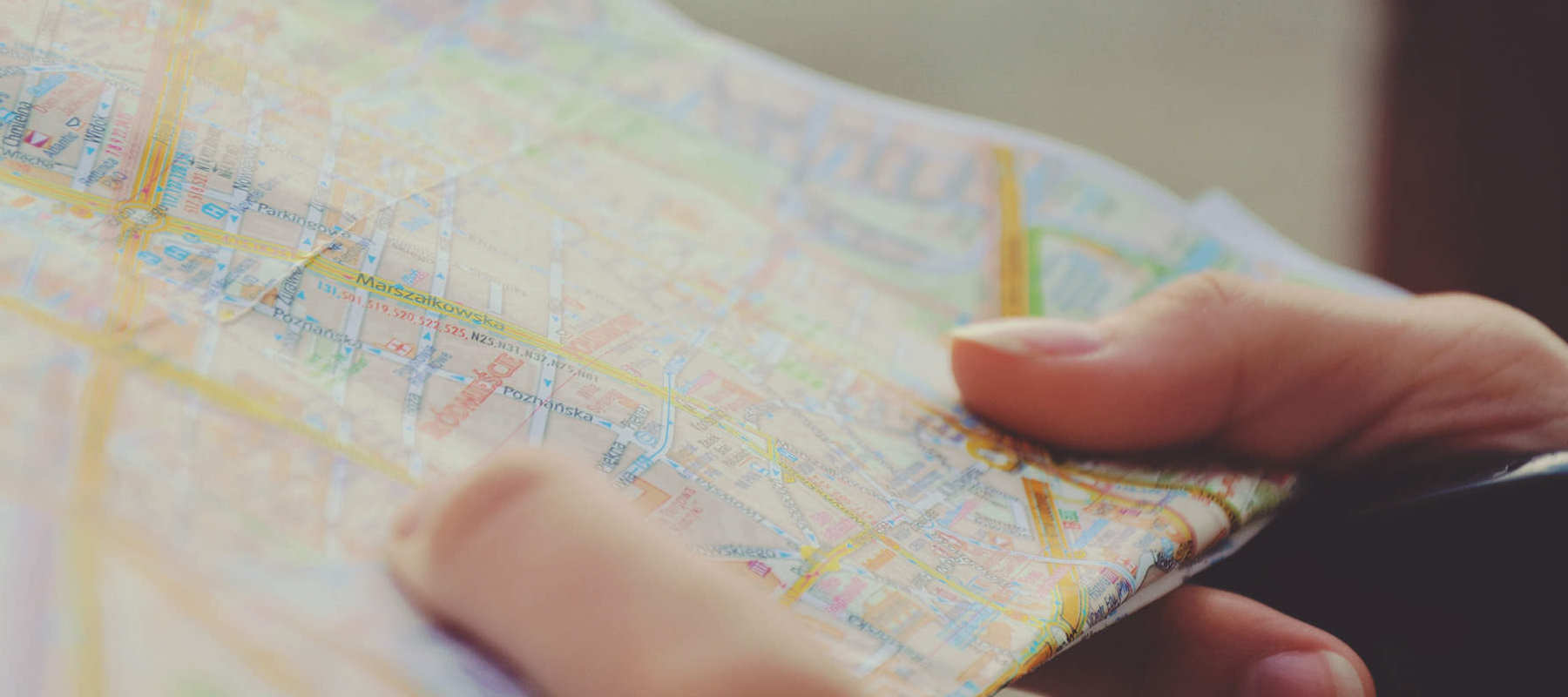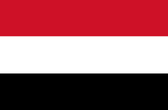
Call 0330 880 3600 Calls may be monitored or recorded. Opening Times.
- TRAVEL INSURANCE
- COVID-19 ENHANCED COVER
- More Options
- Help & Advice
- Existing Customers

Call 0330 880 3600 Calls may be monitored or recorded. Opening Times.

Need help?
UK Customer Services0330 880 3600*
Open Monday to Friday 9:00am to 6pm, Saturday 8:30am to 4pm and closed Sundays.
*Calls are recorded for training and quality purposes.
Other Guides

Official name: Republic of Yemen
Capital city: Sana’a
Languages spoken: Arabic (official)
Population: Around 34 million
Currency: Yemeni rial (YER)
Time zone: GMT+3
Driving side: Right
Climate: Hot and dry along the coasts and deserts, cooler in the highland regions, with a short rainy season
Yemen has a rich history and was once a crossroads of ancient trade, known for its striking mountain villages, coffee heritage, and UNESCO sites such as the old city of Sana’a. However, years of conflict have made it one of the most dangerous places in the world to visit.
Travellers should be aware that Yemen is currently experiencing widespread conflict, political instability, and humanitarian crisis. Terrorism, kidnappings, armed clashes, and airstrikes are ongoing risks, and essential services such as healthcare, power, and transport are unreliable. Most governments strongly advise against all travel.
Yemen is located on the southern tip of the Arabian Peninsula, bordered by Saudi Arabia and Oman, with coastlines along the Red Sea and the Gulf of Aden. The landscape ranges from coastal plains and deserts to rugged mountains and fertile highlands. The Socotra archipelago, off the coast, is known for its unique biodiversity, though access is currently very limited.
Normal tourism to Yemen is not currently possible. Before the conflict, highlights included Sana’a’s ancient architecture, Shibam’s “Manhattan of the Desert,” and the beaches and unique plant life of Socotra. Flights are severely restricted, with very limited international connections, and travel within the country is extremely dangerous due to the security situation.
UK nationals require a visa to enter Yemen, but visas are very difficult to obtain under the current circumstances. The British Embassy in Sana’a is closed due to security concerns, with consular support handled from outside the country. Entry and exit points may close without notice.
The Yemeni rial (YER) is the local currency, though its value has been unstable. Cash is essential, but shortages of currency and banking disruptions are common. Foreign currency such as US dollars is sometimes accepted. ATMs and card services are not reliable.
Healthcare facilities in Yemen are extremely limited, with many hospitals damaged or lacking supplies. Medical evacuation is often the only option in emergencies, but difficult to arrange given the conflict. Travellers face risks from outbreaks of cholera, dengue, and other diseases due to poor sanitation. Safe drinking water is scarce in many areas.